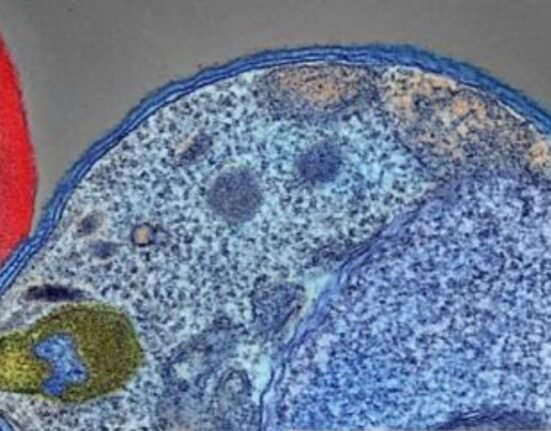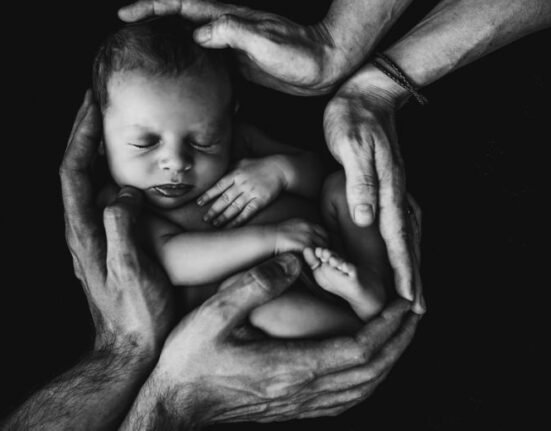HQ Team
March 6, 2024: A detailed study covering 2,762 high-coverage genomes from India, representing most geographic regions, major languages, and tribal and caste groups has provided a comprehensive survey of genetic variation in India.
This study reveals that most Indians derive ancestry from three ancestral groups related to ancient Iranian farmers—archaic hominins, Neanderthals and Denisovans.
The study, published as a preprint last month on bioRxiv, is the largest modern whole-genome analysis ever undertaken in South Asia. Led by University of California, Berkeley population geneticist Priya Moorjani and her colleagues that included scientists from the All India Institute of Medical Sciences, ,University of Michigan, and Perelman School of Medicine, the paper offers unprecedented insights into South Asia’s ancestral populations.
Single migration
The research also reveals that most of the genetic variation in Indians stems from a single major migration out of Africa that occurred around 50,000 years ago, with minimal contribution from earlier migration waves.
The timeline of Indian ancestors is placed between 4700 and 3000 B.C.E., and herders from the central Eurasian steppe region who swept into the region around 3000 B.C.E.
Iranian ancestry
The researchers analyzed previously extracted ancient DNA from groups with Iranian ancestry and then did comparative simulations with genes seen in present-day Indians. The best fit came from farmers from an ancient agricultural center called Sarazm in the northwest of what today is Tajikistan.
Interestingly, an individual in Sarazm was found with traces of Indian ancestry; another was buried with ceramic bracelets similar to those made in ancient India. “That really helped directly connect the two cultures, and it showed that it wasn’t just one-way mixing,” Moorjani says.
Ancestral origins
Digging deeper, the team found some other details about prehistoric migration. Scholars have speculated about the stone tools found in India and whether modern humans brought them with them. They are dated to approximately 80,000 years ago. But with no remains associated with these tools, researchers have found it difficult to pinpoint the exact ancestry.
The new study suggests those early toolmakers only left traces in living people. Factoring in genetic mutations and the long timeline for the population to reach its current variation, Moorjani and her colleagues argue that the settlers who gave rise to contemporary Indians were part of a single migration out of Africa about 50,000 years ago.
Another interesting find was that the 2700 Indian genomes carry about 90% of all known Neanderthal genes. That’s about 50% more than was recovered in a similar study of Neanderthal DNA in Icelanders that analyzed more than 27,000 genomes.
Moorjani speculates that ancient humans might have mated with a relatively large, genetically diverse population of our archaic cousins living on the subcontinent. Or endogamy traditions in India preserved different segments of Neanderthal DNA.
Researchers need more genetic and archaeological studies to put those mysteries to rest as there are many possibilities and complexities.
This article is based on recent research findings and may be subject to further updates and peer review.






